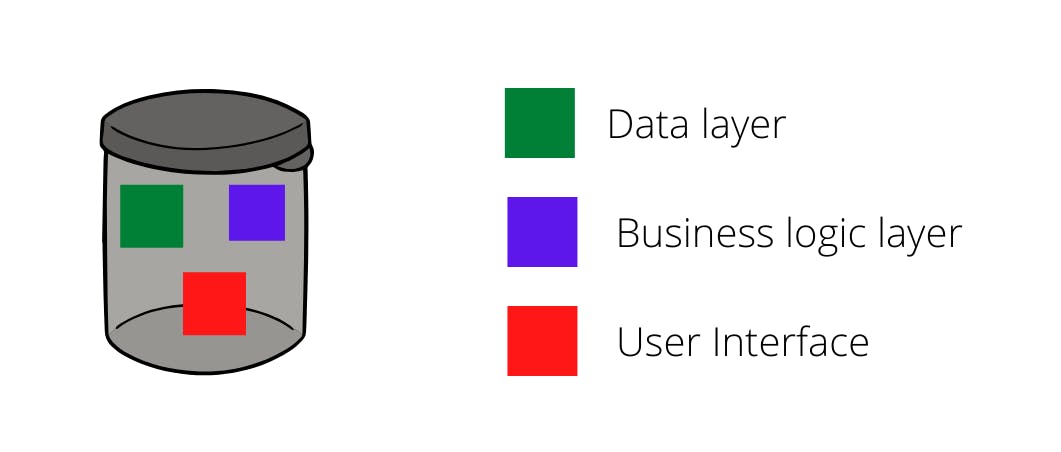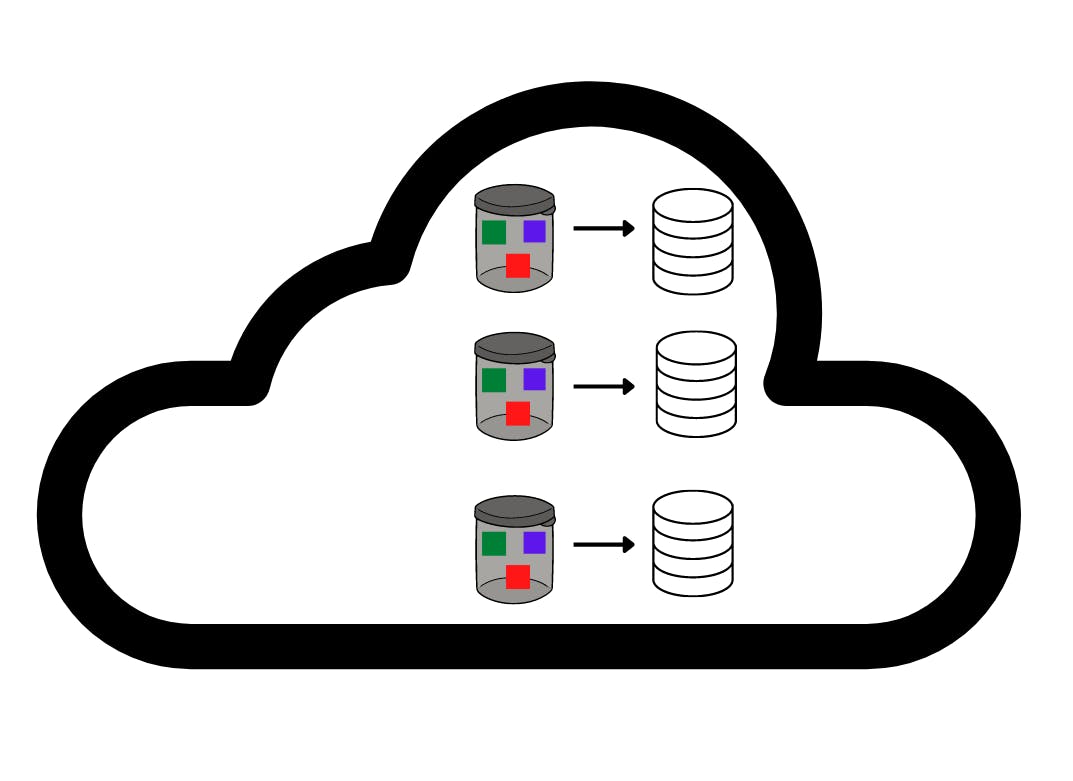According to Gartner, over 8 in 10 organizations will embrace a cloud-first approach by 2025. Cloud technologies have become increasingly popular over the past few years. With the promise and impact in all the fields and sectors, what does it mean to build for the cloud?
What is the Cloud?
Cloud computing, also known as "the cloud" is the delivery of on-demand computing resources. Before cloud computing, organizations had to store all their data and software on hard drives and servers. The bigger the company, the more hard drives they needed. For example, if word spread out about your program and you suddenly had a lot of applications, your servers would probably crash. Good business meant rigorous work for the IT department.
Cloud adoption is no longer a thing of the future. The pandemic was a reality check for organizations of all sizes. It accelerated the adoption of cloud computing by revealing its value and flexibility. The power, scalability, and flexibility of the cloud make it crucial to the world we live in and the future. Businesses need analytics to remain competitive. Exponential technologies such as Artificial Intelligence, Automation, the Internet of Things, and Blockchain use cloud technologies.
The cloud has revolutionized our lives. When we leave a comment on this article, binge a new streaming series, or send a chat, we're most likely using applications hosted by cloud services. The salient question from business leaders and developers is how do we develop applications for the cloud?
Cloud-Native Applications
Conventionally, when organizations develop applications(web or mobile or games) to execute a new idea, they follow a traditional(monolithic) approach. Monolithic apps are built out of one piece of software and it has all or most of its functionality within a single container.
Containers provide a standard way to package your user interface, business logic layer, and data layer into a single object. Think of them as usual shipping containers or containers we use every day.
 Monolithic apps aren't bad. Many successful apps that exist today were created with this architecture. Although it is relatively easy to build, it can be complicated.
Monolithic apps aren't bad. Many successful apps that exist today were created with this architecture. Although it is relatively easy to build, it can be complicated.
So you've just built a monolithic app for your startup, the app is a hit, and it's evolving, getting new features. At some point, you start to lose control of the application;
- It has become too complicated for a single person to understand.
- You fear making changes.
- You need to deploy the entire after every update.
- Updating one library affects the entire system.
Sounds familiar?
The solution to this perplexity is a cloud-native approach to building applications. In a cloud-native architecture, each service has its container that packages the code, data, and dependencies. Instead of large databases serving the entire app, each container owns its own datastore that varies on the data type. Each container is deployed in the software container.
 Cloud-Native applications are designed and developed to leverage the characteristics of cloud computing. With a cloud-native architecture, the benefits include:
Cloud-Native applications are designed and developed to leverage the characteristics of cloud computing. With a cloud-native architecture, the benefits include:
- Faster release pace
- Superior customer experiences
- Ease of management
- Reduced cost
- Build more reliable systems
It is worthy of note that cloud-native is different from lift-and-shift where companies migrate existing applications to the cloud i.e. deploying websites on Netlify. Cloud-Native apps are built for the cloud. It's in their architecture.
Conclusion
With the ever-increasing need for high computing power and the emergence of new fields, the cloud holds a promise to maximize value, enhance digital capabilities, and solve some of the world's problems.

